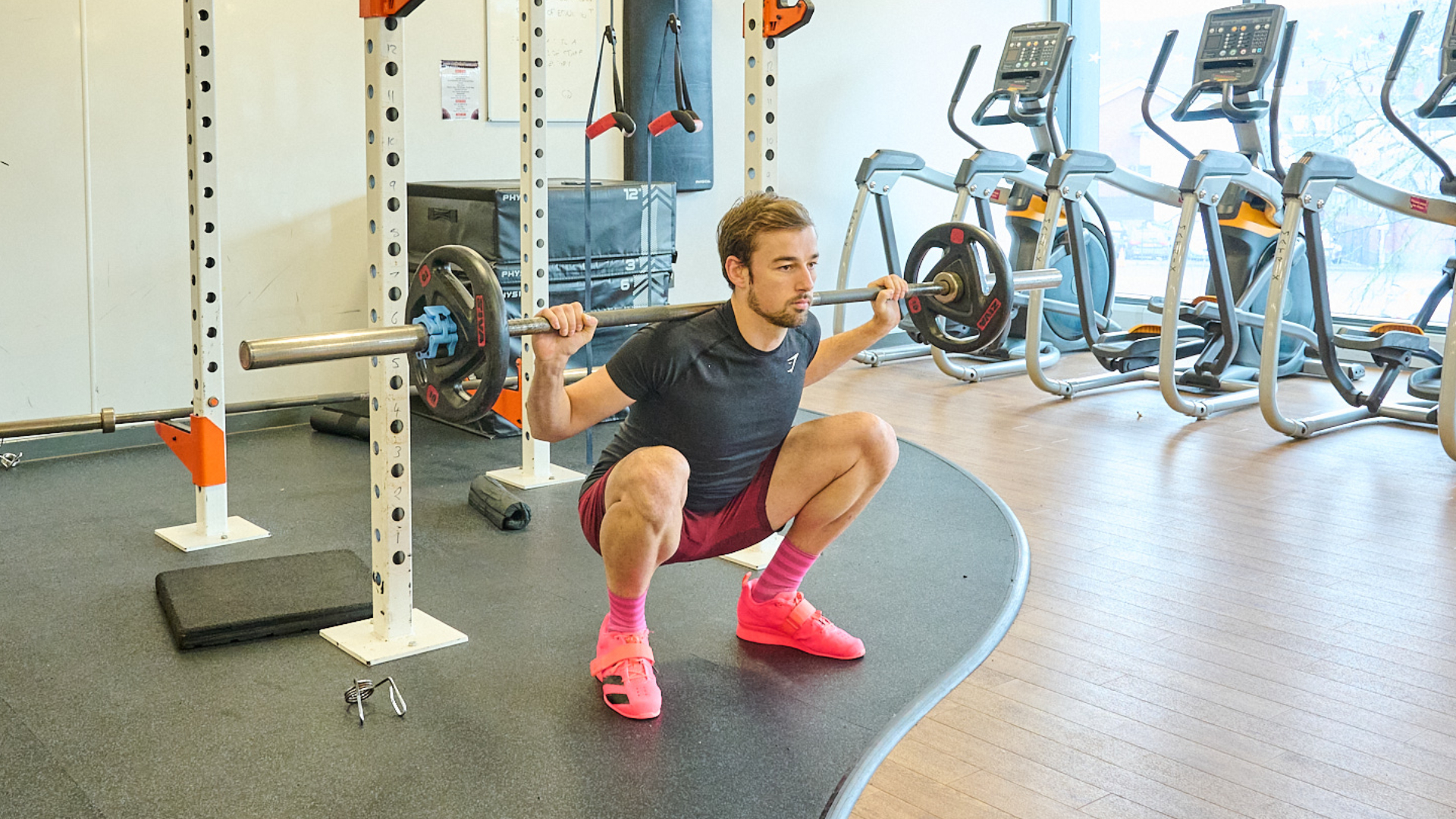Strength training for cyclists: How often should we hit the gym, and, what should we do there?
The need-to-know essentials for cyclists lifting weights – Rob Kemp asks an expert


Strength training is consistently listed as one of the components of training most overlooked by endurance cyclists. But, what exactly should a cyclist's strength training routine look like? What exercises should we be including, and how often?
Well, let's dive in...

Sebastian Sitko is a sport scientist, pro cycling coach and professor at the University of Zaragoza, Spain. He conducts field-based research into cycling performance.
How can strength training improve cycling performance?
The benefits of strength training for cycling performance go beyond just improving muscle strength. One of the primary advantages is the enhancement of power output. By targeting muscle groups involved in pedalling – the quadriceps, hamstrings and glutes – strength training increases the force a cyclist can apply to the pedals, which directly contributes to higher peak and sustained power. This is especially valuable for sprinting, climbing and time-trial efforts.
Does it have other benefits too?
Yes, strength training also improves neuromuscular efficiency, allowing cyclists to recruit muscle motor units more effectively. This means better coordination and smoother transitions between muscle groups, which can reduce fatigue over long rides. Another critical benefit is injury prevention. Cycling is a repetitive-motion sport, and imbalances or weaknesses can eventually lead to overuse injuries. Strength training corrects these imbalances by strengthening stabilising muscles and improving joint integrity, particularly in the knees, hips and lower back. It also increases bone density, which is crucial for cyclists who might otherwise lose bone mass due to the non-weight-bearing nature of cycling.
What’s the best strength training for a cyclist?
Get The Leadout Newsletter
The latest race content, interviews, features, reviews and expert buying guides, direct to your inbox!
Current evidence suggests we need at least two weekly sessions for strength gains and one session for maintenance. I would suggest two to three sessions per week during the first part of the season, and a single session during the competitive phase for maintenance. Focus on muscles directly involved in pedalling by doing squats, unilateral leg press and lunges. I would also suggest deadlifts, face-pulls, upper body rows and some concentric hip flexion exercises to counter the typical cycling posture and to work on stabilisers and antagonist muscles.
Are there any exercises cyclists should avoid?
Cyclists do better by avoiding plyometric and jumping exercises, which do not simulate cycling-type movements – I cannot imagine the mechanism by which they would enhance cycling performance.
What is the evidence that strength work improves cycling performance?
Most of the research done in this area has measured time-trial performance. For example, the work done by Norwegian sports scientist Bent Rønnestad where improved leg strength led to an increase of 4-7% in mean power output during five-minute and all-out efforts, while the group that did endurance training only showed no significant improvement. Strength training has also been found to improve cycling economy and pedalling technique, such as achieving peak torque earlier in the stroke.
What role can core training play in cycling performance?
The only study I’m aware of is one I directed several months ago. There’s no research that backs up core-specific exercises for injury prevention or performance enhancement. In fact, in my study, doing nothing performed equally to doing core exercises. As core muscles are already under heavy load during classical multi-articular exercises – squats, deadlifts, etc – use your time wisely and don’t waste it by doing planks or bridges. At least that’s my suggestion, based on current literature.

Thank you for reading 20 articles this month* Join now for unlimited access
Enjoy your first month for just £1 / $1 / €1
*Read 5 free articles per month without a subscription

Join now for unlimited access
Try first month for just £1 / $1 / €1

Rob Kemp is a London-based freelance journalist with 30 years of experience covering health and fitness, nutrition and sports sciences for a range of cycling, running, football and fitness publications and websites. His work also appears in the national press and he's the author of six non-fiction books. His favourite cycling routes include anything along the Dorset coast, Wye Valley or the Thames, with a pub at the finish.
You must confirm your public display name before commenting
Please logout and then login again, you will then be prompted to enter your display name.